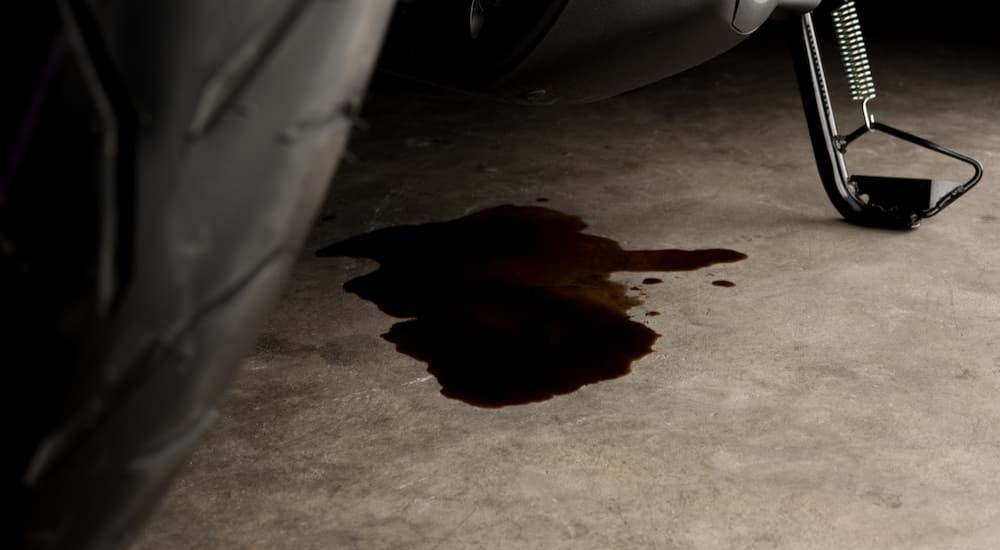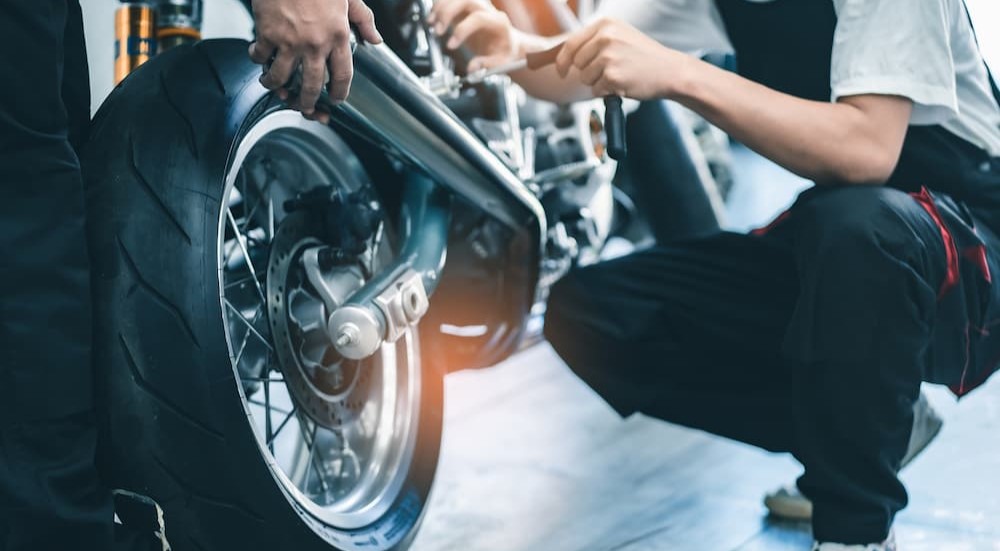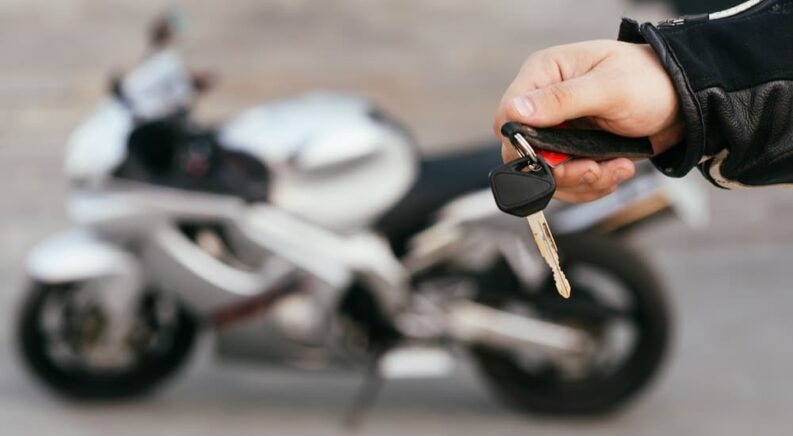Riding a motorcycle is incredibly rewarding. It readily satiates your need for speed and thrills, also making you vulnerable and heightening your situational awareness. Instead of being protected by a vehicle, you’re exposed to the elements and experience the world with all your senses. It’s magical and exhilarating, inspiring many first-time and experienced riders to venture to their local used motorcycle dealer to bring these dreams to life.
While shopping for a new motorcycle is appealing, there are even more benefits to investing in a used bike. For example, a used bike is an excellent option for new riders because it’s a modest investment that’s already been well-loved, making those first few times you drop the bike less gut-wrenching. For veteran riders, a used motorcycle offers a budget-friendly way to test a different style of motorcycle or expand their garages without a significant investment.
The appeal is undeniable, especially when you know what to look for in a used bike as you shop. Beyond the obvious, such as the style of the motorcycle and the items on your must-have list, there are a few other things to consider before you finalize the purchase. As a used motorcycle authority, we’re here with those considerations to ensure you have everything you need to make an informed and confident purchase.
Pay Attention to First Impressions
If you’ve ever shopped for a used vehicle, you know how much first impressions matter. The same is true for a used motorcycle, so you’ll want to pay attention to the impression you initially get when you see the bike. For example, do you notice any major dents, dings, or damage that signify a crash? Does the bike look like it’s been well taken care of and maintained? Can you see any signs of leaking fluids or other areas of concern?
This initial impression is often likened to trusting your gut, which is a great starting point. However, every motorcycle, new or used, is an investment that requires looking beyond that gut feeling. This first impression gives you a basic guideline because if you like what you see, you can confidently continue evaluating the bike. If not, you can move to the next option.

Get the VIN and Do Some Research
After that initial impression, the next thing to check is whether the bike is legitimate. Look for the bike’s VIN or vehicle identification number. Checking the VIN offers more insight into the bike’s history. You can also establish the bike’s title history to ensure you’re not looking at a wrecked or stolen bike with a title issue.
Check the Bike Cold
A motorcycle’s engine runs smoother after it idles for a few minutes, which can easily hide any potential issues if you arrive while the engine is already running. This often happens when buying a bike from a private seller, whether the seller unknowingly starts the motorcycle before you arrive, or does so to hide those issues. Fortunately, shopping for your next bike at a used motorcycle dealer almost always guarantees the bike is cold when you arrive.
Without the engine running, you can get up close and personal with the bike, inspecting everything from the frame to the exhaust. Inspect the frame for dents, cracks, and other damage. Check to ensure the exhaust is stable and mounted correctly since vibrations from the engine can cause the system to become loose over time. Also, don’t be afraid to look under the bike to assess other critical components, like the steering head bearings, before cold starting the engine to listen for any potential concerns.
Test the Suspension, Brakes, and Clutch
After inspecting the bike from underneath, it’s time to climb in the saddle and test other critical components like the clutch, brakes, and suspension. The suspension should respond effortlessly and without any noises, which you can test by bouncing on the seat and shoving down on the bike’s front end. You can also visually inspect the forks, checking that they’re smooth, shiny, and that the seals don’t leak.
Checking the brakes and clutch are also important. Once you’ve assessed the suspension, take the bike out of gear and roll it forward before applying the front brake. The brake should respond seamlessly and quietly. You can also do a more comprehensive inspection by bringing a set of measuring calipers to measure the rotor thickness and compare that measurement to the manufacturer’s recommendations. From there, you can check the clutch by squeezing and releasing it, paying close attention to the smoothness of those actions.
Ask for the Maintenance Records
As you visually inspect every inch of the bike, don’t hesitate to ask for the bike’s maintenance records, service history, and other paperwork. This information may not always be available, but it can be incredibly valuable if it is. It also speaks volumes about the previous owner and their efforts to maintain the bike. For example, the previous owner may have preferred to do routine maintenance themselves, keeping a maintenance log and all the receipts for any upgrades or modifications. Alternatively, the service history may be tied directly to the used motorcycle dealer, giving you a complete history of the bike’s maintenance records.
Check the Fluids
Many buyers forget to check the fluids as they shop for a used bike, but this can be a costly mistake. Beyond looking for any obvious leaks, you need to make sure fluids like the coolant, oil, and fuel are in proper working order. Take a flashlight and inspect the inside of the fuel tank for rust, sediment, and grit. Remove the radiator cap (if it’s a water-cooled engine) to see if oil is at the top, which indicates engine trouble. Inspect the level and quality of the oil, looking for metal flakes, shiny debris, and even white streaks that indicate major (and expensive) trouble with the engine.

Inspect the Tires
Used motorcycles aren’t expected to have a new set of tires, but inspecting the wheels and tires for excessive wear and tear is still crucial. Ideally, you’ll want to put the bike in neutral and position it on the center stand. This lets you rotate the wheels, looking for severe wear and tear caused by aggressive riding. This position also makes it easier to locate the DOT numbers on the sidewall, which tells you when the tires were manufactured and if it’s time for replacement. Tires can easily be replaced, so this may not be a deal breaker. But reading the tire wear can give you some insight into how this bike has been treated. Also, you may be able to negotiate a lower price that takes a needed tire replacement into account.
Take It for a Ride
The last and most exciting step to buying a used motorcycle is taking it for a test ride. While getting caught up in the excitement of riding is easy, this test ride is the most critical evaluation to determine if the bike is the right fit for you. For starters, it gives you the opportunity to listen to the engine from a cold start, paying close attention to any strange noises and excessive vibrations. It also gives you the chance to check the electrical components, from the lights and turn signals to the speedometer and even the infotainment system, if equipped. You also get the opportunity to test the bike’s responsiveness by engaging the clutch, shifting gears, and applying the brakes under normal riding conditions.
Throughout the test ride, pay close attention to how the bike feels and if it’s everything you’re looking for and want from your next powerhouse. This feeling is a lot like that gut reaction and is important to help you make an informed purchase after considering the other factors in your assessment. If everything aligns and you know the bike is a great fit, then it’s time to take the next step that puts you closer to the motorcycle of your dreams.

